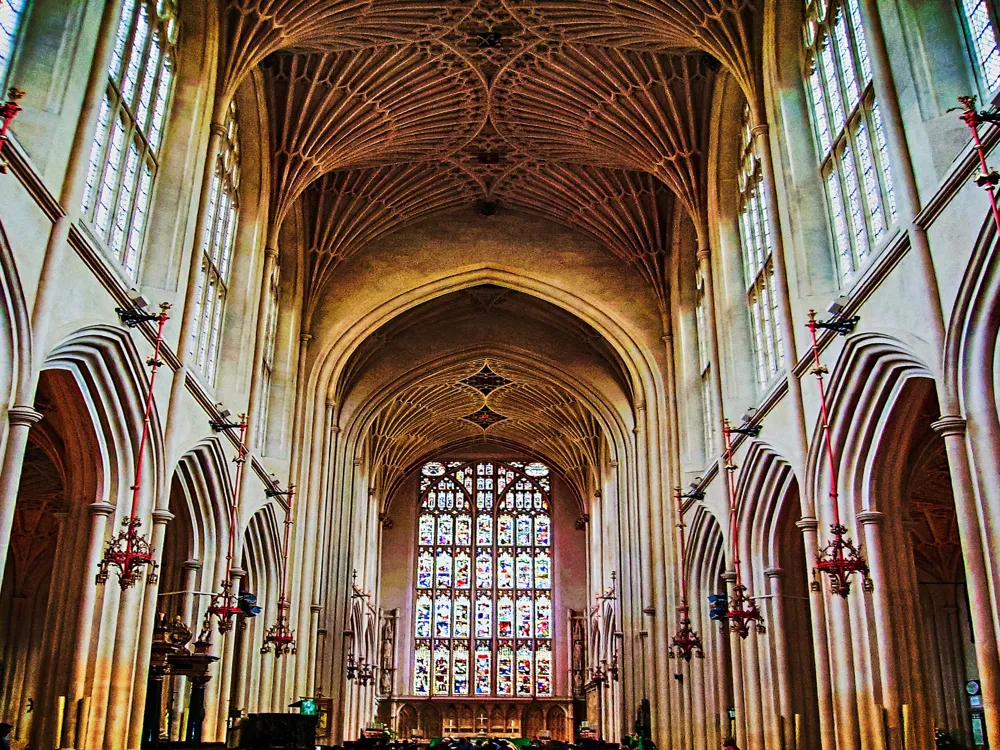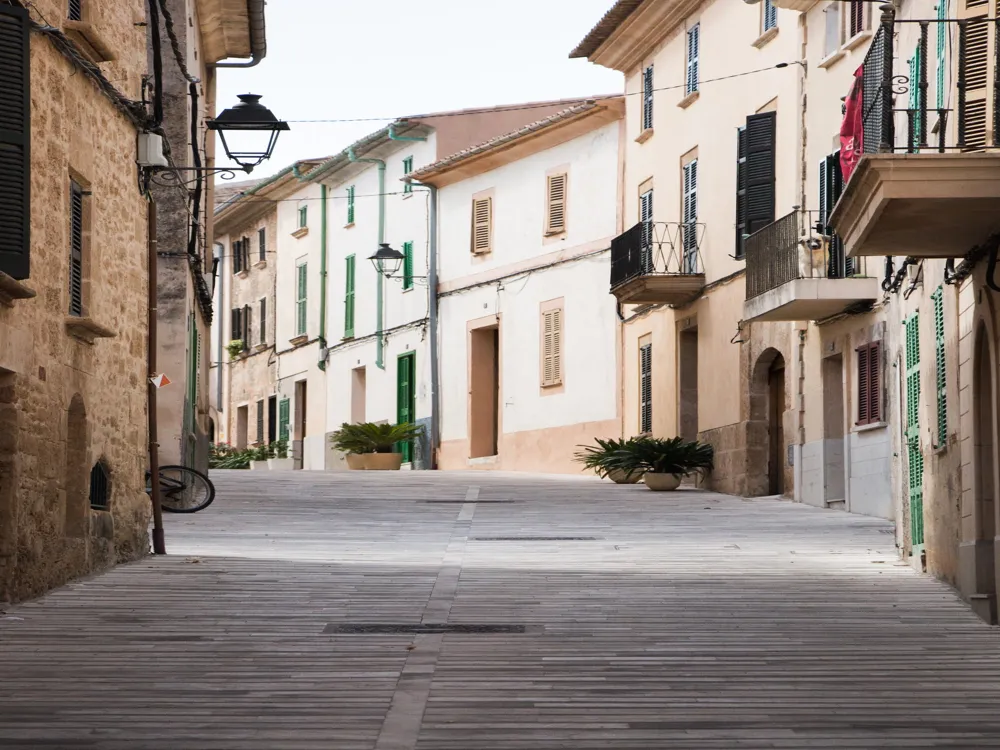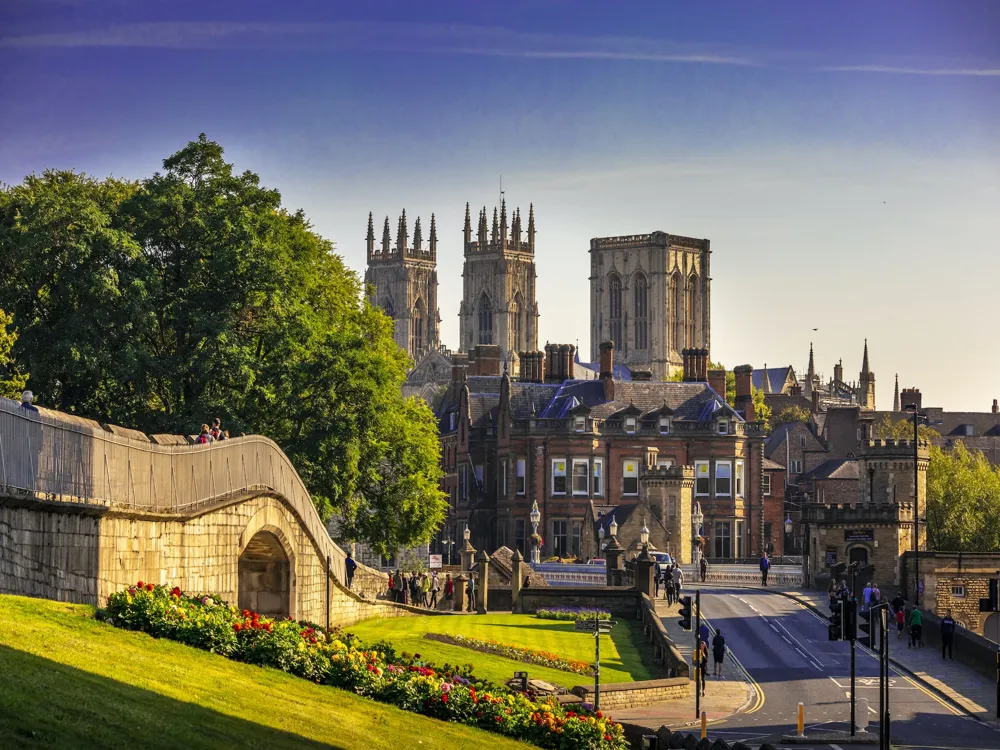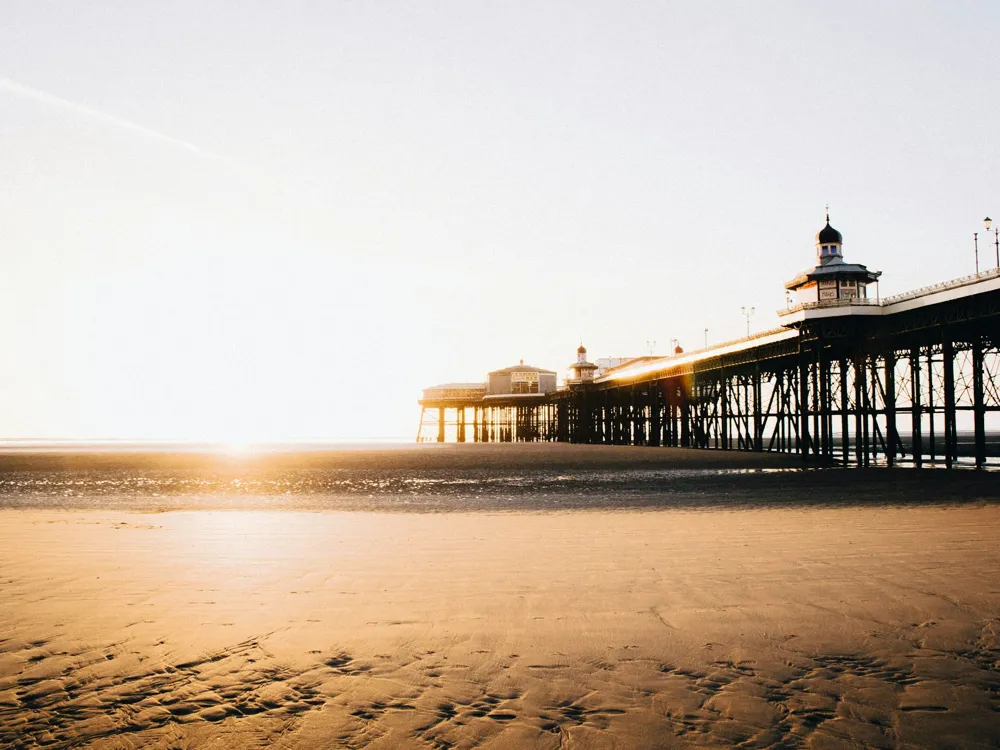The Roman Baths in Bath, England, are a remarkable historical site, offering a glimpse into ancient Roman life and engineering. Established around 70 AD, these baths were constructed around the only hot spring in the UK. The complex has been remarkably well-preserved, allowing visitors to step back in time and explore Roman public bathing culture. The site includes the Sacred Spring, the Roman Temple, the Roman Bath House, and finds from Roman Bath. The waters were believed to have healing properties and attracted visitors from across the Roman Empire. The architecture reflects typical Roman design, with elaborate decoration, including mosaics, statues, and stone carvings. The baths were not merely a place for bathing but also a social center, playing a crucial role in the daily life of Romans. Over the centuries, the baths have undergone numerous changes. In the 12th century, John of Tours built a curative bath over the King's Spring reservoir. The 18th-century saw a resurgence in the popularity of the baths, leading to significant redevelopment. The site today is a testament to its layered history, showcasing Roman foundations alongside later additions. Visiting the Roman Baths offers an immersive experience into ancient history. The combination of well-preserved ruins, museum collections, and modern interpretive media provides a comprehensive understanding of Roman public baths, their role in society, and the engineering marvels of the time. The Roman Baths of Bath are an architectural marvel, showcasing the ingenuity of Roman engineering and design. The complex was designed to fully utilize the natural hot springs, channeling the water into a series of baths and facilities. The primary structures within the complex include the Sacred Spring, the Roman Temple, the Roman Bath House, and various additional rooms and facilities. The Sacred Spring lies at the heart of the complex. Enclosed within a vaulted chamber, the spring was once open to the sky. The Romans built a reservoir around the spring to control the flow of water and adorned the area with statues and decorative elements, highlighting its significance. The Roman Temple, dedicated to Sulis Minerva, was an important religious site. The temple front, a magnificent facade, was once adorned with pilasters, statues, and intricate carvings. The temple precinct included altars and other religious structures, emphasizing the spiritual importance of the site. The Bath House itself is a testament to Roman engineering. The Great Bath, the main pool, was lined with lead and filled with hot water from the spring. The complex included heated rooms (caldarium), warm rooms (tepidarium), and cold rooms (frigidarium), showcasing the sophisticated heating systems like hypocausts. The baths also featured changing rooms (apodyterium), exercise areas (palaestra), and other amenities, making it a comprehensive leisure center. Apart from the main facilities, the complex included smaller baths, a series of drainage and plumbing systems, and ornate decoration throughout. Mosaics, sculptures, and inscribed stones contribute to our understanding of Roman aesthetics and craftsmanship. Early morning or late afternoon are the best times to visit the Roman Baths to avoid the crowds. The site is less busy on weekdays and during off-peak seasons like late fall and winter. Consider taking a guided tour to enhance your understanding of the site. Audio guides are available and included with the admission, offering insights into the history and architecture of the baths. Wear comfortable shoes as there is a lot of walking and standing involved. The Roman Baths are mostly accessible, but some areas may be challenging for those with mobility issues. Photography is allowed, but flash photography and tripods are not permitted. Be respectful of other visitors when taking photos. The site is equipped with restrooms, a gift shop, and a café. Plan your visit accordingly to make the most of these facilities. The Roman Baths are located in the city of Bath, easily accessible by various modes of transport. By train, Bath Spa station is the nearest, just a short walk from the baths. For those driving, several car parks are available in the city, though parking can be limited during peak times. Bath is also well-connected by bus services, both local and national. Additionally, Bath is a popular stop on many tour routes from London and other nearby cities.Overview of the Roman Baths of Bath
Architecture of the Roman Baths
Tips When Visiting the Roman Baths
Best Time to Visit
Guided Tours
Dress Code and Accessibility
Photography
Facilities
How To Reach the Roman Baths
Roman Baths
Bath
NaN onwards
View bath Packages
Weather :
Tags : Spa & Wellness
Timings : 9:00 AM - 5:30 PM
Entry Fee : Adult - GBP 15,
Child - GBP 9.50
Planning a Trip? Ask Your Question
Bath Travel Packages
View All Packages For Bath
Top Hotel Collections for Bath

Private Pool

Luxury Hotels

5-Star Hotels

Pet Friendly
Top Hotels Near Bath
Other Top Ranking Places In Bath
View All Places To Visit In bath
View bath Packages
Weather :
Tags : Spa & Wellness
Timings : 9:00 AM - 5:30 PM
Entry Fee : Adult - GBP 15,
Child - GBP 9.50
Planning a Trip? Ask Your Question
Bath Travel Packages
View All Packages For Bath
Top Hotel Collections for Bath

Private Pool

Luxury Hotels

5-Star Hotels

Pet Friendly





















